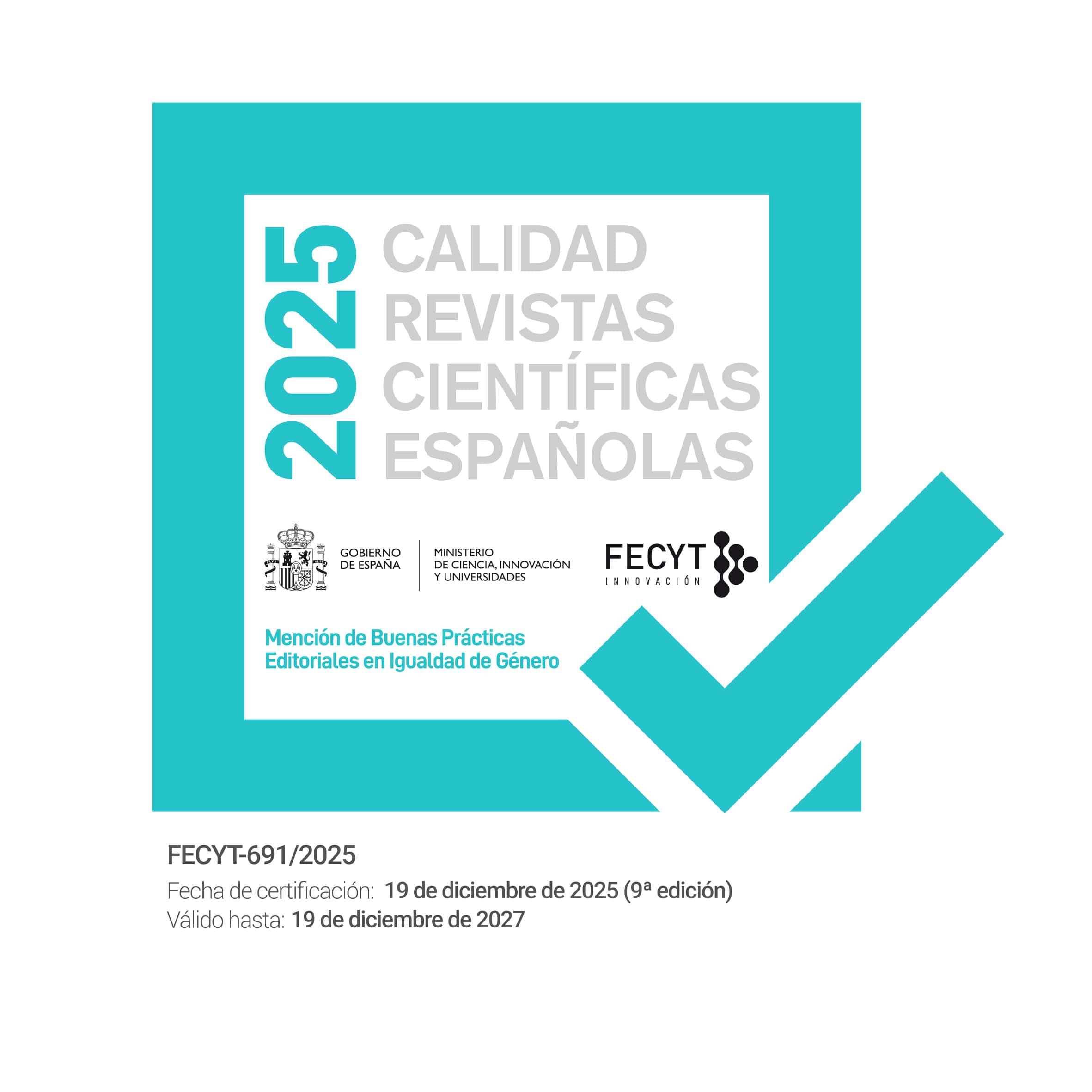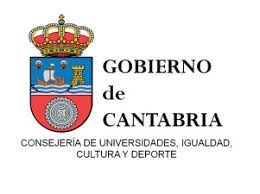Afinidades de Marianela de Galdós con la «novela de costumbres» del período isabelino
DOI:
https://doi.org/10.55422/bbmp.481Palabras clave:
Siglo XIX, Benito Pérez Galdós, Marianela, Literatura comparada, Novela de Costumbres, Novela realista, SimbolismosResumen
El artículo tiene como objetivo parangonar Marianela (1878), la última de la serie de “novelas realistas” de Galdós, con las “novelas de costumbres”, un género de de los más prolíficos del período isabelino. El análisis comparativo destaca los factores comunes y diferenciales entre ambas modalidades narrativas a fin de esclarecer y valorar la originalidad del gran novelista, dentro de este contexto literario, a base de medidas antinómicas, sea en los recursos narrativos, los perfiles sociales de los personajes, el eje estructural de un relato ajeno a las intrigas que sobrenadan por las tramas folletinescas, motivos temáticos contrapuestos y diversas menudencias de menor calado. Esta forma de composición es la que tiene en cuenta el autor de Marianela, con el propósito de desmontar un modelo paraliterario agonizante y sustituirlo por otro más novedoso, dotándolo de un simbolismo profundo que emerge entre los extremos de la fabulación lírica y la prosaica realidad, metaforizando la antinomia de belleza física/ideal, de visión/ceguera, hasta incluso los paisajes mineros, como han venido interpretando críticos muy notorios de una obra sujeta a múltiples interpretaciones. No renuncia, con todo, don Benito a ciertas afinidades argumentales que le ofrece la novela de costumbres, como en las coincidencias temáticas de su novela con un cuento de W. Ayguals de Izco en El palacio de los crímenes (1855), o en el prototipo social de Nela, la protagonista huérfana que vive en completo desamparo, sólo remediable con la feliz solución educativa de un positivismo que podría haberla llevado para bien suyo al progreso.
Descargas
Publication Facts
Reviewer profiles N/D
Author statements
Indexado: {$indexList}
- Academic society
- Sociedad Menéndez Pelayo
- Editora:
- Sociedad Menéndez Pelayo
Estadísticas globales ℹ️
|
262
Visualizaciones
|
272
Descargas
|
|
534
Total
|
|
Citas
AGUINAGA, Magdalena. (ed.) (2000) B.P.G., Marianela. Madrid, Castalia Prima.
ALAS, Leopoldo («Clarín»). (1881) «Marianela». Solos de Clarín. Madrid. Alfredo de Carlos Hierro, editor. 235-242. (Leído en otra ed.)
ANDREU, Alicia G. (1982) Galdós y la literatura popular. Sociedad Española de Librería, S.A. Madrid. BLY, Peter A. (1972) «Egotism and charity in Marianela». Anales Galdosianos. VII. 49-66.
BORRALLO-SOLÍS, Adela. (2016) «Monstruos y márgenes: reconsideración del capítulo final de Marianela de Benito Pérez Galdós». Anales galdosianos. 51. 11-24. DOI: https://doi.org/10.1353/ang.2016.0000
CASALDUERO, Joaquín. (1939) «Auguste Comte y Marianela», Smith CollegeStudies in Modern Languajes. Northampton (Mass.). XXI. 10-25.
CASALDUERO, Joaquín. (1970) Vida y obra de Galdós (18431920). Tercera edición revisada y aumentada. Madrid Gredos.
CAUDET, Francisco. (ed.) (2005) Benito Pérez Galdós, Marianela. Madrid. Cátedra. 3ª ed.
CHAMBERLIN, Vernon A. (2006) «The ‘ciego’ in the Novels of Galdós: Costumbrismo, Realism, Symbolism». Decimonónica. 3.2.
CLEMESSY, Nelly. (1990) «Proceso creativo de Felipín Centeno en Marianela». VV. AA. Actas del Tercer Congreso Internacional de Estudios Galdosianos. Las Palmas. Cabido Insular de Gran Canaria. II. 31-38.
CORREA, Gustavo. (1977) Realidad, ficción y símbolo en las novelas de Galdós. Madrid. Gredos.
DENDLE, Brian J. (1974) «Galdós, Ayguals de Izco and the Hellenic inspiration of Marianela», Weber, Robert J. (ed.), Galdós Studies II. Londres. Tamesis Books Limited. 1-11.
DENDLE, Brian J. (1993) «Marianela, el descubrimiento del nuevo mundo y las limitaciones de la ciencia». Ínsula: revista de letras y ciencias humanas. 561. 29-30.
EOFF H., Sherman. (1954) The novels of Pérez Galdós. The concept of life as dynamic process. Washington University. 1954.
FARRAG, Hayam. (2005) «La mujer fea en la narrativa de Benito Pérez Galdós en Marianela y El árbol de la miseria». Isidora. Revista de estudios galdosianos. 17. 137-152.
GÓMEZ, Michael A. (2011) «The Molyneux Problem in Galdos's Manianela». Anales Galdosianos. 46. 47-66. DOI: https://doi.org/10.1353/ang.2011.0008
GÓMEZ-TABANERA José Manuel. (2011) «La llamada novela por entregas y su caracterización en la España del siglo XIX». en AA. VV., La literatura española del Siglo XIX y las literaturas europeas, V Coloquio de la Sociedad de Literatura Española del Siglo XI. Universidad de Barcelona. 161-178.
GREEN, Otis H. (1967) «Two Deaths: «Don Quijote and Marianela». Anales galdosianos. 2. 131-133.
HERRERA NAVARRO, Jerónimo. (1998) Bibliografia de estudios sobre Galdós. Madrid. Fundación Universitaria Española.
JONES, Cyril A. (1961) «Galdós’s Marianela and the Approach to Reality». Modern Language Review. LVI. 519. DOI: https://doi.org/10.2307/3721613
MADARIAGA, Benito. (1979) Pérez Galdós. Biografía Santanderina. Santander. Institución Cultural de Cantabria.
MILLER, Stephen. (1983) El mundo de Galdós. Teoría, tradición y evolución creativa del pensamiento socio-literario galdosiano. Santander. Sociedad Menéndez Pelayo.
MONTESINOS, José F. (1966) Introducción a una historia de la novela en España en el siglo XIX. Madrid. Castalia.
MONTESINOS, José F. (1968) Galdós. Madrid. Castalia.
ROMÁN GUTIÉRREZ, Isabel. (1988) Historia interna de la novela española del siglo XIX. Sevilla. Alfar.
RUIZ, Mario E. (1970) «El idealismo platónico en Marianela de Galdós», Hispania, 53.4. 870-880. DOI: https://doi.org/10.2307/337853
SCANLON, Geraldine M. (1990) «Problema social y krausismo en Marianela». VV. AA., Actas del Tercer Congreso Internacional de Estudios Galdosianos. Las Palmas. Cabido Insular de Gran Canaria. I. 81-95.
SHOEMAKER, William H. (ed.) (1972) Los artículos de Galdós en La Nación, 1865-66, 1868. Madrid. Ínsula.
SHOEMAKER, William H. (1980) Marianela. The Novelistic Arts of Galdós. Valencia. Albatros Ediciones. II. 86-103.
WELLINGTON, Marie A. (1968) «Marianela; nuevas dimensiones». Hispania. LI. 38-48. DOI: https://doi.org/10.2307/338020
YÁÑEZ, María Paz. (1994-1995) «El dilema discursivo en Marianela». Anales Galdosianos. XXIX-XXX. 51-61.
YNDURAIN, Francisco. (1970) Galdós entre la novela y el folletín. Madrid. Taurus Ediciones.
Descargas
Publicado
Cómo citar
Número
Sección
Licencia

Esta obra está bajo una licencia internacional Creative Commons Atribución-NoComercial 4.0.








